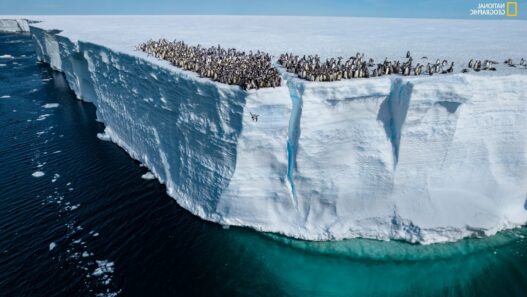70-Day-Old Rhino Fetus: A Glimmer of Hope for Conservation
One of National Geographic‘s 2024 photos of the year features a stunning image of a 70-day-old rhino fetus. This is the first-ever rhino fetus conceived through in vitro fertilization (IVF). Captured by Ami Vitale, the photo depicts the process of transferring a southern white rhino embryo via IVF into a surrogate mother. Unfortunately, the surrogate mother died from an unrelated bacterial infection before pregnancy was confirmed, but the successful pregnancy proved that IVF can be a viable method for rhino conservation.
A New Dawn for Rhino Conservation
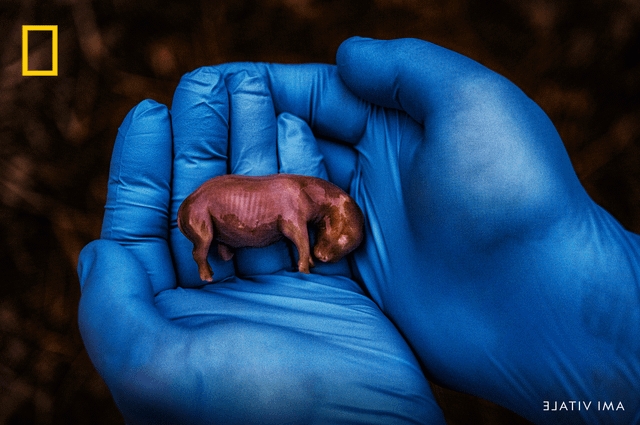
With only two northern white rhinos left on Earth, both females, and under constant armed guard at the Ol Pejeta Conservancy in Kenya, the situation seemed dire. This subspecies of white rhino has been driven to functional extinction due to poaching for their horns. However, this IVF breakthrough has provided new hope for the survival of rhinos, showing that science can play a key role in conserving endangered species.
The Breakthrough: Success and Tragedy
The successful birth of the rhino fetus came with its challenges. Although the pregnancy was confirmed, the surrogate mother tragically passed away from an unrelated bacterial infection. A post-mortem revealed that she was pregnant. This process demonstrated the potential of IVF for white rhinos, opening doors for future conservation efforts for endangered species.
Ami Vitale’s Lens: Capturing the Most Impactful Images
Over the past year, Ami Vitale and other National Geographic photographers traveled around the world to capture over 2.3 million photographs, of which only 20 were chosen as the most captivating images of the year. The image of the rhino fetus stood out for its scientific significance and visually stunning portrayal. Although the death of the surrogate mother added a bittersweet note, the breakthrough it represents is an important step for rhino conservation.
Human-Wildlife Conflict: The Tragedy of an Elephant in Zambia
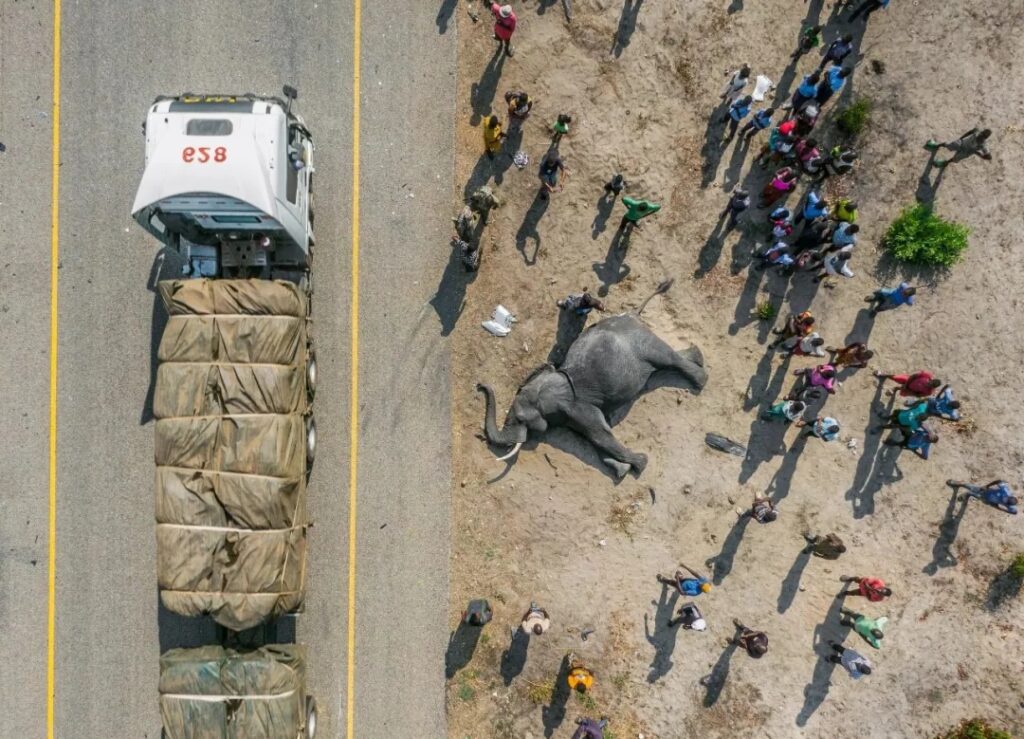
Another poignant moment highlighted by National Geographic centers around the escalating human-wildlife conflict. In Zambia, an elephant was killed by a vehicle on the M10 highway. The elephant was attempting to cross the road to reach the Zambezi River, its only water source during the dry season. Such tragedies have become more common as roads, villages, and farms encroach on wildlife habitats, increasing human-animal interaction.
A Small Breakthrough in Germany: Observing Wood Ants
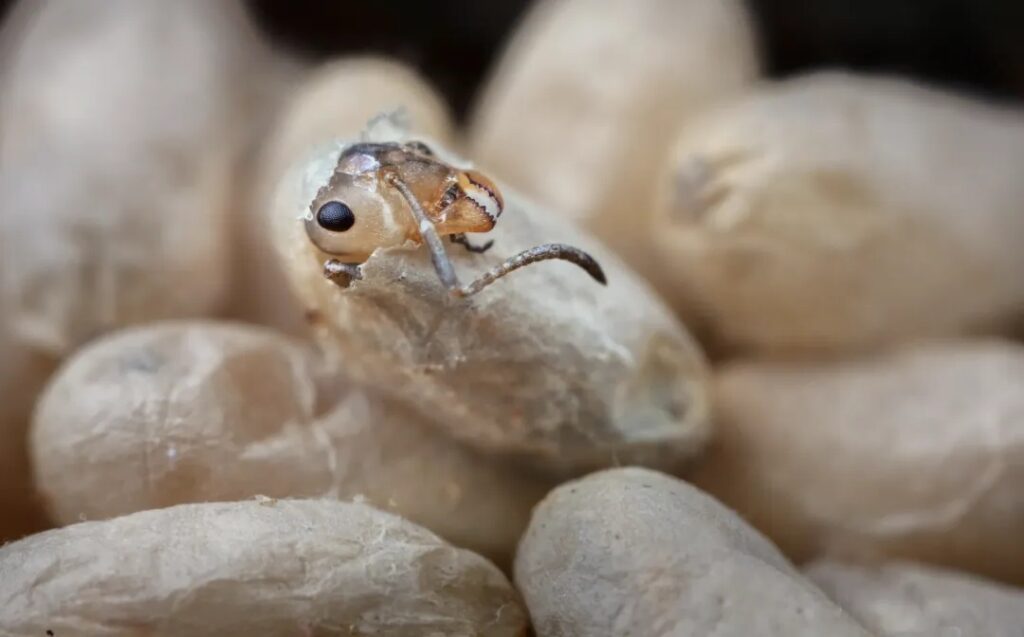
In Germany, Ingo Arndt worked with the University of Konstanz to build a nest to observe the breeding behavior of wood ants, typically hidden in forest hills. Arndt’s study provided insights into how worker ants care for eggs and larvae, and how they assist the larvae in breaking free from their cocoons, offering a rare glimpse into the lives of these fascinating insects.
Morocco’s Rose Festival: A Tradition with Flowers

Every spring, Kalaat M’Gouna in Morocco hosts a grand festival to celebrate the rose harvest. Pickers, mostly women, gather rose buds in the early morning before they bloom. These buds are sorted, with the best ones being distilled into rose oil and rose water. The remaining buds are dried for use in teas or made into garlands.
A Century-Old Love Song: The Return of Periodical Cicadas
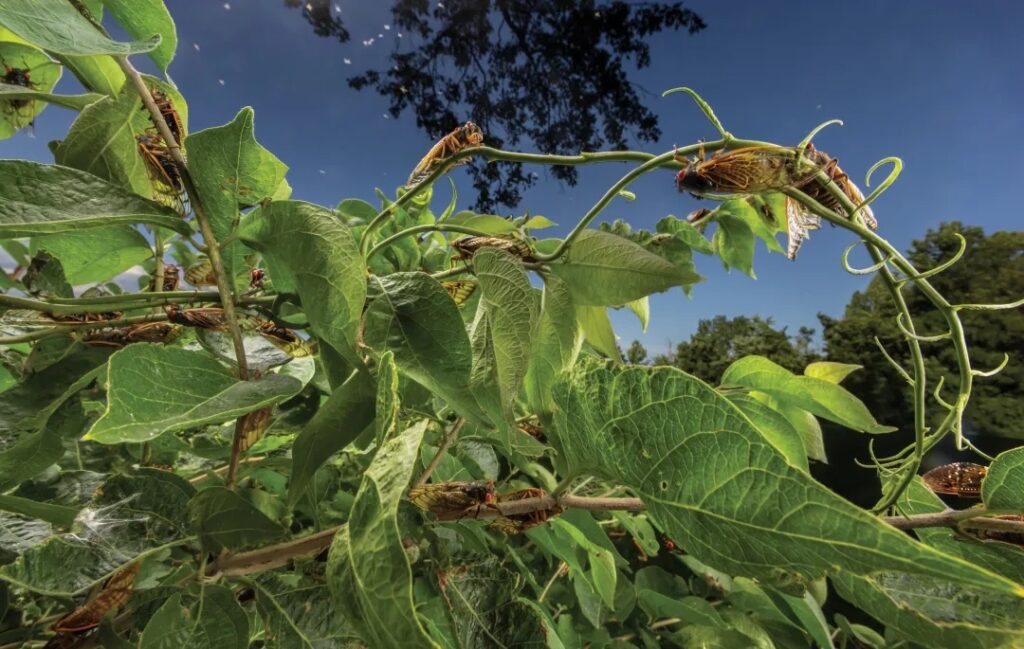
Periodical cicadas emerge every 13 or 17 years, spending most of their lives underground before surfacing to reproduce. In May and June 2022, both the 13-year and 17-year cycles of cicadas emerged simultaneously in the U.S. Midwest and Southeast, filling the air with their calls, marking a once-in-a-lifetime occurrence.
Tajikistan’s Sacred Site
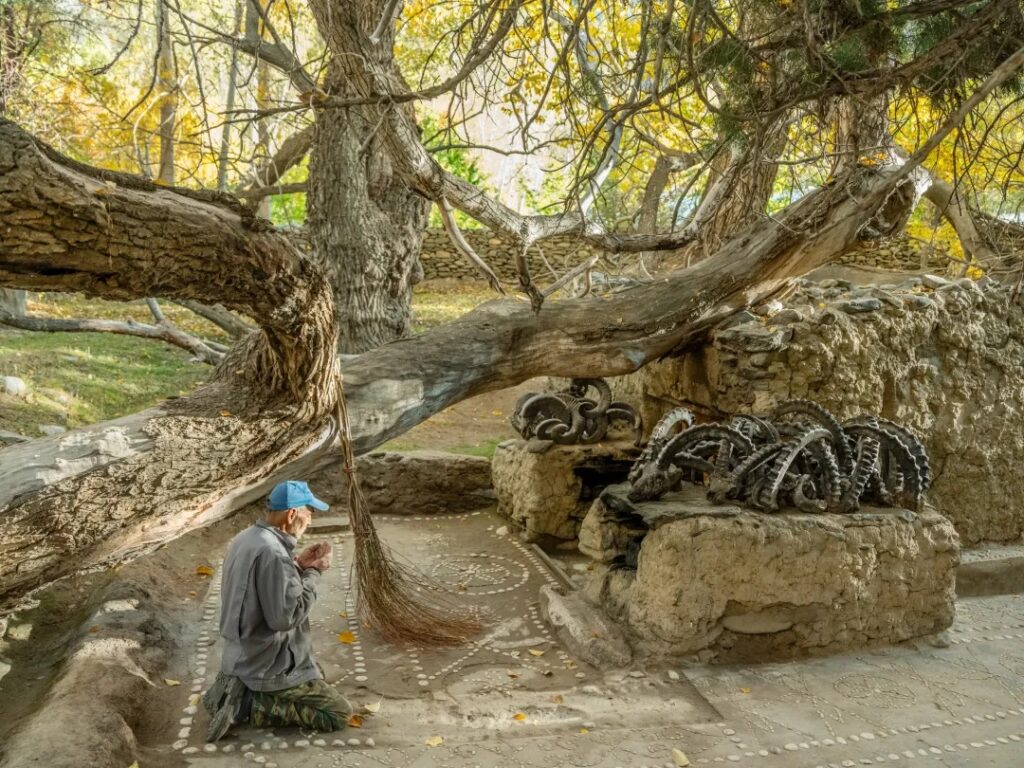
In the Pamir Mountains of Tajikistan, a region rich in animism, Zoroastrianism, and Buddhist history, the local Wakhi people have been safeguarding sacred sites. A fallen tree near a shrine, adorned with horns of wild goats and sheep, remains a tradition that reflects the reverence for nature.
Guatemala’s Scenic Ropes
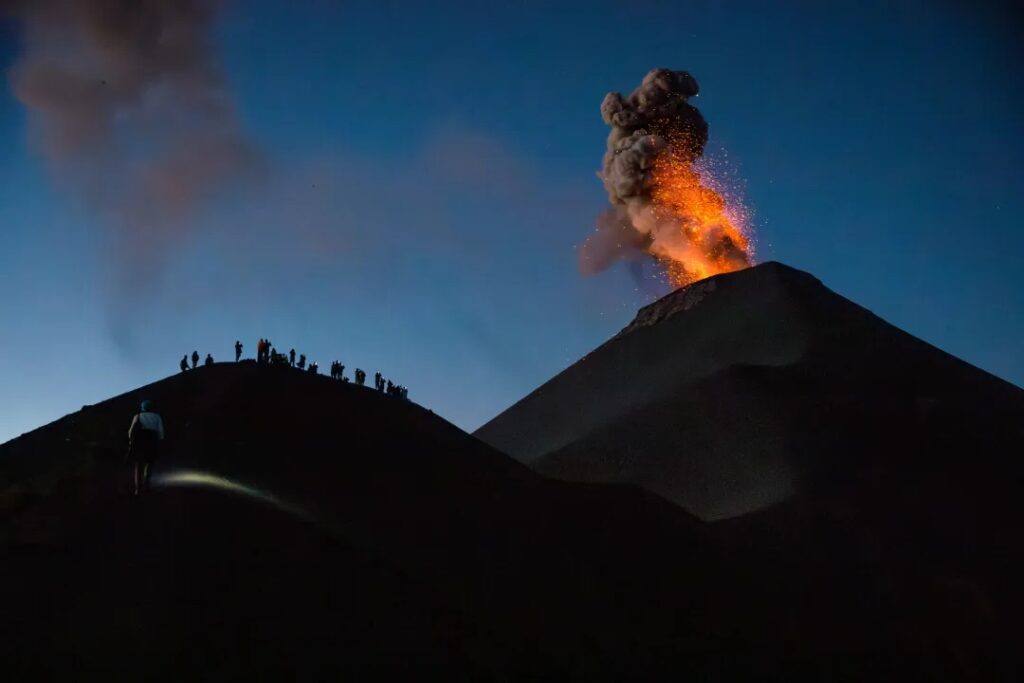
Since 2002, Fuego Volcano has been erupting continuously. Adventurers hiking through valleys in Antigua can enjoy stunning views of the Fuego volcanic ridge, witnessing nature’s raw power.
Solar Fuel from the Sun: A Liquid Fuel Future

In Jülich, Germany, scientists are developing solar synthetic liquid fuels using sunlight, water, and carbon dioxide, which could potentially replace fossil fuels. These fuels could power trucks, ships, and airplanes without requiring modifications to existing vehicles.
Florida’s Crystal Clear Waters
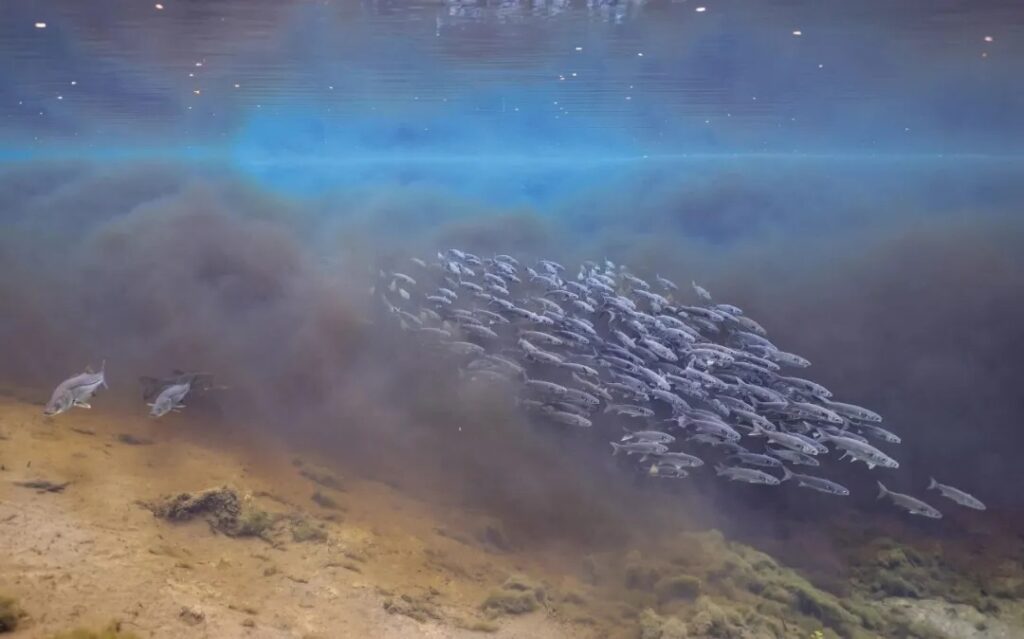
At Fanning Springs State Park in Florida, the tannin-rich Suwannee River offers crystal-clear water, where schools of fish can be seen darting through the water. This spring is one of the thousand freshwater springs in Florida, providing an exceptional spot for nature enthusiasts.





